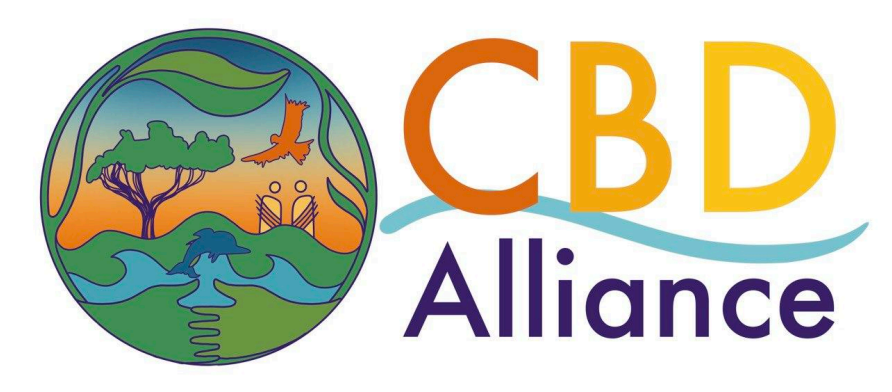Heitor Dellasta, Global Youth Biodiversity Network
Limited progress in establishing new financial instruments and reforming the current financial mechanism remains a significant barrier to effectively implementing the Kunming-Montreal Global Biodiversity Framework. These discussions must go beyond mobilizing financial resources and focus on improving efficiency and equity in resource allocation while ensuring a more balanced and representative governance structure.
To best support the custodianship and stewardship of biodiversity by Indigenous Peoples, local communities, women, and youth, we must work together to strengthen direct funding mechanisms. For Indigenous Peoples and local communities, direct access enables the protection, safeguarding, and respect of their self- determination, worldviews, and knowledge systems. For women and youth, it addresses gender and intergenerational injustices, guaranteeing fairer distribution of financial resources.
Direct access means that funding designated for Indigenous Peoples, local communities, women, and youth should be granted directly to their organizations or their chosen and self-determined representative institutions, ensuring they have full autonomy over resource allocation(1). To achieve this, donors must remove procedural barriers that hinder direct funding. Where intermediaries are strictly necessary, they must work in partnership with legitimate decision-making institutions representing these groups, adhering to policies that guarantee consultation, participatory planning, implementation, monitoring, and evaluation.
This approach aligns with the UN Declaration on the Rights of Indigenous Peoples and the UN Permanent Forum on Indigenous Issues (UNPFII), which emphasize that social and economic programmes for Indigenous Peoples must reinforce their right to self- determination, including their ability to own, use, and manage their territories, and resources. Direct access is also fundamental from a human rights perspective, ensuring meaningful participation and decision-making power for those most impacted by financial instruments and on the frontline of conservation.
Indigenous Peoples and local communities play a vital role in conserving biodiversity, particularly in territories where they manage or hold tenure rights(2). However, the funding they receive is disproportionately low compared to their contributions. Global annual disbursements for their tenure rights and forest guardianship account for less than 1% of official development assistance(3), with no evidence of a systematic shift toward more direct funding from international donors(4).
The role of women and youth as stewards remains largely overlooked, despite their leadership in promoting justice and equity practices that enhance biodiversity. Worse, data on how these groups access and benefit from biodiversity finance is almost non- existent. Addressing these gaps is crucial, as research increasingly highlights collective action and community-led movements as fundamental to achieving global biodiversity goals.
The current financial architecture of the Convention on Biological Diversity (CBD) fails to provide direct, flexible, and predictable funding for local biodiversity actions. This absence reinforces power imbalances and limits the voices of the custodians and stewards of biodiversity in determining who and what gets funded.
This gap remains largely unaddressed but could be bridged through the ongoing resumed COP16 negotiations. To effectively mobilize resources, a new financial instrument must be established urgently. The intersessional period offers a crucial opportunity to refine its modalities and operational frameworks, ensuring solutions reflect the priorities of those on the ground. Additionally, reforms to the Global Environment Facility (GEF) must go beyond engagement and guarantee the meaningful participation of Indigenous Peoples, local communities, women, and youth in decision-making, empowering them to shape biodiversity finance.
Notes:
- Charapa Consult. Direc2ng Funds to Rights Principles, standards and modalities for supporting indigenous peoples’ tenure rights and forest guardianship. Denmark: Charapa Consult, 2022.
- Fernández-Llamazares, Á., Fa, J. E., Brockington, D., Brondízio, E. S., Cariño, J., Corbera, E., Farhan Ferrari, M., Kobei, D., Malmer, P., Márquez, G. Y. H., Molnár, Z., Tugendhat, H., & GarneU, S. T. No basis for claim that 80% of biodiversity is found in Indigenous territories. Nature 620, 40–42 (2024).
https://doi.org/10.1038/d41586-024-02811-w - Rainforest Founda2on Norway. Falling short. Donor funding for Indigenous Peoples and local communi2es to secure tenure rights and manage forests in tropical countries (2011–2020). Norway: Rainforest Foundation Norway (2020).
- Rainforest Foundation Norway. State of Funding for Tenure Rights and Forest Guardianship. Norway: Rainforest Foundation Norway (2024).
